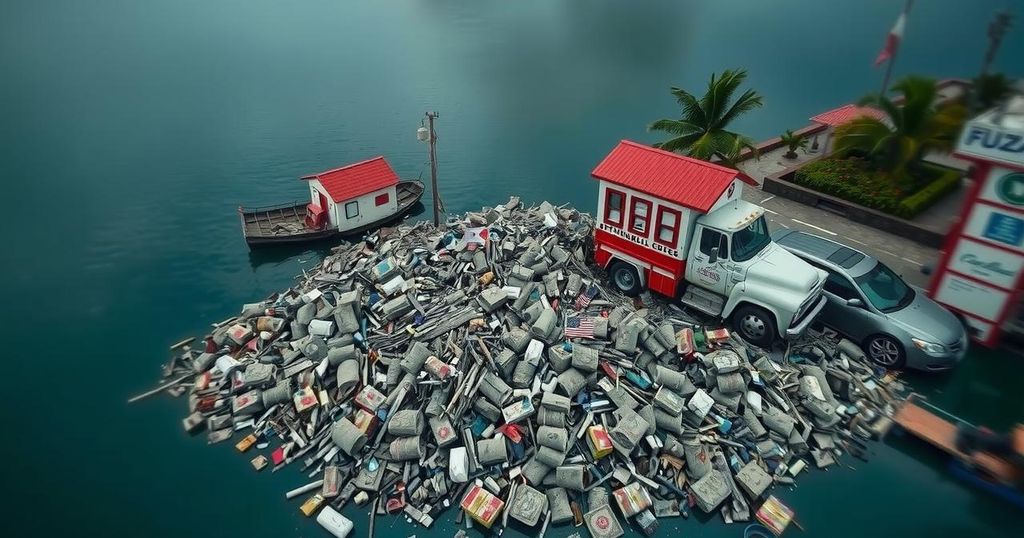An earthquake measuring 6.8 on the Richter scale struck eastern Cuba, adding significant challenges to a region already suffering from recent hurricanes and power outages. No casualties have been reported, but significant structural damage occurred, particularly in older buildings that are more susceptible to earthquakes. Rescue and recovery efforts are currently underway amidst ongoing concerns regarding the nation’s infrastructure and economic stability.
A significant 6.8-magnitude earthquake struck eastern Cuba recently, exacerbating the plight of residents already grappling with the aftermath of severe storms and frequent blackouts. The United States Geological Survey (USGS) indicated that the quake occurred approximately 40 kilometers south of Bartolome Maso. Fortunately, there have been no reports of fatalities or injuries thus far. According to Cuban President Miguel Diaz-Canel, the earthquake has caused landslides, damaged power lines, and various homes, particularly affecting the Santiago de Cuba and Granma regions. Recovery efforts are underway, with initial assessments focused on saving lives and understanding the extent of damage sustained. Residents in affected areas described their experiences as particularly intense, with some declaring it one of the most formidable quakes they have ever encountered. Griselda Fernandez, a Santiago local, expressed, “We have felt earthquakes in the past, but nothing like this.” Additional reports captured the frantic responses of individuals as buildings trembled and many remained uneasily in their doorways. Images shared in state-run media showcased the destruction faced by older homes, which succumbed to the quake’s force, revealing collapsed terracota roofs, damaged structural elements, and compromised public infrastructure. This earthquake is part of a broader context of natural disasters impacting Cuba, compounding existing infrastructure challenges and economic insecurity. Just a month prior, Hurricane Oscar wreaked havoc, resulting in significant rainfall, widespread outages, and loss of life. Hurricane Rafael followed closely, disrupting power for millions and displacing numerous residents as it demolished large parts of the infrastructure. Citizens now face an additional crisis that heightens their struggles amidst already strained resources and recovery efforts from prior disasters.
Cuba has recently been grappling with a sequence of natural disasters, including hurricanes that have led to extensive damage and power outages across the island. These challenges are compounded by the country’s ongoing economic difficulties, which have left many citizens vulnerable. The recent earthquake adds a significant burden to those recovering from storms earlier in the season, highlighting the precarious state of infrastructure and emergency response systems in place. Some areas have already experienced multiple powerful earthquakes in recent decades, making the latest tremor particularly alarming for residents.
The recent earthquake in eastern Cuba exemplifies the interconnected nature of natural disasters and socioeconomic challenges faced by the country. As residents strive to recover from devastating storms, this seismic event further complicates efforts to restore normalcy. With an alarming history of infrastructure vulnerabilities, Cuba’s response to these compounded crises will be critical in determining the well-being of its citizens and the resilience of its communities going forward.
Original Source: www.aljazeera.com






